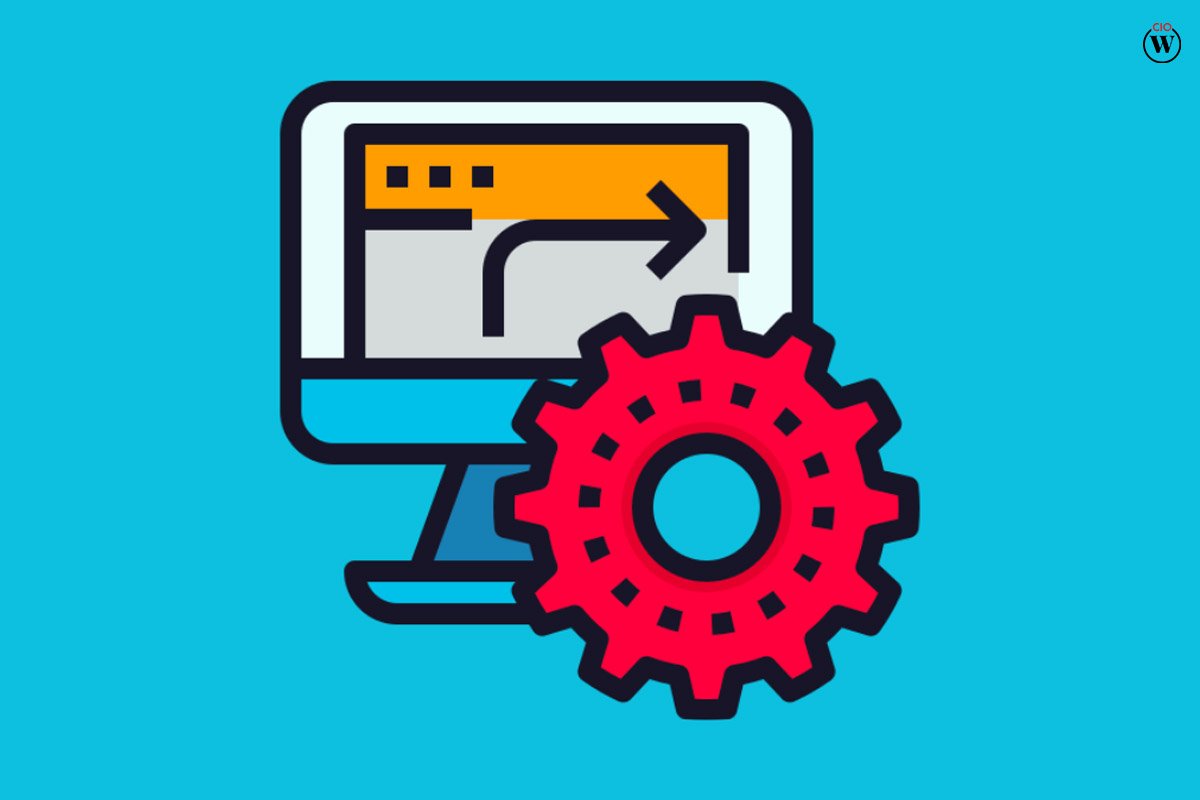When you have more consumer data for marketing than you know what to do with, it may be difficult to identify efficient methods to extract value from customer data from this apparently endless stream of information.
With more people using various sorts of gadgets (all of which generate more data), it stands to reason that the majority of the world’s data (44 zettabytes, to be exact) has been produced in the previous three years alone. And it’s not only a consequence of humans collecting data—due it’s of algorithms and other software that watch user behavior and produce their own data about it.
The proliferation of ‘Internet of Things devices is boosting data collection at a breakneck pace, and as a marketer, understanding where to direct your analytical efforts is critical to staying ahead of the competition.
So, how can a company sift through a pile of client data for marketing purposes and uncover digital insights that may be used to improve performance, profit, sales, or other operational factors? We’ll show you just how.
Here are 8 Ways to extract value from customer data;
1. Recognize that big data is here to stay.
When seen without refinement, big data might seem to be a massive, cumbersome jumble of random information. In such a situation, there is a strong urge to just disregard the facts in front of you. Nevertheless, neglecting big data means passing up a significant opportunity. Data science, for example, is a developing profession due to the usefulness of screening, filtering, and interpreting what is valuable in massive data.
Those who choose to disregard big data due to its bulk do so at their own risk. The first step in extract value from customer data is to recognize that excellent data exists “somewhere” and to be ready to mine through it.
2. Make an investment in analytics.
If you see the potential of extract value from customer data for marketing, the critical aspect is having the correct tools and personnel to wade through the flood of information and return with data that makes the most sense to you.

You should think about investing some operating money in analytics. Larger corporations may commit whole departments to this task, but although this size produces results, it is not the only option to get valuable analytics. Even small to medium-sized businesses may discover an analytics solution that fits their size and budget.
Why Should You Use DMI?
3. Make Use of Previous Data
When it comes to extract value from customer data for marketing, people frequently think of metrics or digital insights as a tool to help anticipate the future, yet some of the most significant lessons that data tells us have come from the past. Analyzing historical data is a strong long-term strategy for using data from consumer information.
Companies should be aware that some of the greatest data sets available are those obtained over time. For example, even if it isn’t part of your present digital architecture, you shouldn’t disregard sales data from the previous 5 to 10 years.
If necessary, employ document management systems to preserve this data, but analytics applied to prior customer sales data may disclose highly helpful information about consumer behavior and purchasing habits. If you have existing data, even if it’s not digital, digitize it and make sure your program can utilize it. It may be significantly more useful than you think under the appropriate conditions.
4. Incorporate Customer Data Into Operations
Applying insight to your internal processes is another efficient approach to extract value from customer data for marketing. Extracting data from consumer behavior and other datasets may certainly assist to enhance sales, but don’t forget that spending less is another option to generate more money. Apart from improving sales, the correct customer data may also assist to enhance productivity and minimize waste, both of which can increase income.
For example, your customer data is revealing that more and more of your marketing response is coming from YouTube and Instagram, and less of it is coming from Facebook. This might be an indication that, for your product and target market, you can spend less—or perhaps none at all—on Facebook and focus more time on platforms that are producing strong results. Let consumer behavior data assist you in streamlining the way you manage your firm.
5. Examine Client Churn
“Client churn” refers to the pace at which consumers or clients go from being frequent purchases to moving their business elsewhere. That is another area where big data and analytics may make a significant impact.
This method involves analyzing, extract value from customer data, and drawing conclusions that assist explain why certain consumers stay loyal while others support your company for a limited time before leaving. You may discover links between declines in client retention and the discontinuation of particular items. However, you may notice that particular sales or periods of the year bring in a large number of clients, but they leave quickly.
Analytics focusing on the characteristics of your client turnover may assist you in understanding how to retain more consumers and, as a result, experience more consistent revenues.
6. Social Media Is Data As Well

Social media accounts for a large portion of global data. Analyzing social media and utilizing the unfiltered, unsorted data that shows there may be quite beneficial in extract value from customer data for marketing. Diving deeper into social media data can not only assist you to figure out where your market is but also in what a market wants or requires.
It’s critical to note that material on social media may be indicative of other trends and elements to profit from for companies who pay attention. Thus, instead of seeing social media as a route to reach out to your market, consider it a window into what that market may be seeking, and you may be ahead of the curve to deliver it for them. Take advantage of trends rather than ignoring them.
7. Data Should Be Available
Data access should be shared across your organization. Although it is acknowledged that knowing something your rivals do not know might provide a beneficial advantage, this does not apply to your company. If you know anything about a customer’s requirements or behavior, but someone who might utilize that data does not have access to the same knowledge, your firm suffers.
To get the most return on investment (ROI) from your consumer data for marketing, make sure that digital insights are shared and available to those who need them. A customer service representative, for example, should be able to communicate a client’s complaint and a particular problem with any department that may be able to assist address the problem or give more insight into the issue.
Information is only helpful when it is accessible to those who know what to do with it. For example, if your finance department is denied access to extract value from customer data(specific financial data), this adds a degree of inefficiency.
8. Don’t Be Scared to Automate
Did you know that? Over 90% of agencies believe their marketing automation approach is effective.
Contrary to common belief, automation does not imply that a human’s work is in jeopardy and that someone is likely to be laid off. Automation may be used for more than simply physical, mechanical tasks; it can also be used for data analytics.

Some of the most beneficial insights about clients will come from allowing software and algorithms to filter through the data and uncover just what is important to you and your requirements, rather than undertaking a line-by-line study of each item of incoming data.
Automation may even be utilized to free up your human employees to focus on more analytical tasks that are more suited to their skills. Payment processing, for example, is primarily a routine, mechanical process that software may help with. Your human workforce may focus on more ambitious, inventive tasks with less ordinary processes to deal with throughout the day.









